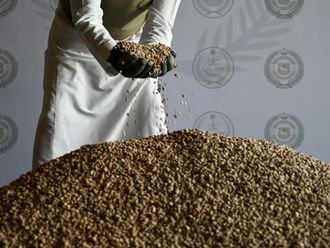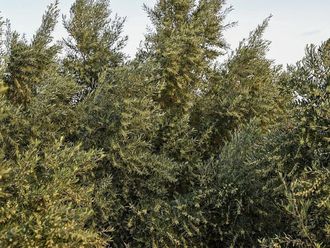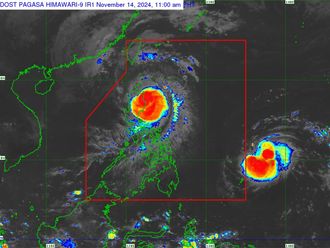
Is COVID-19 an airborne disease? No, it is not.
The new coronavirus can remain suspended in the air for hours, but it cannot infect others under normal conditions.
So there’s no reason to be alarmed — unless you are a medical professional dealing directly with COVID-19 patients.
The virus is typically transmitted through respiratory droplets, but a new study published in the New England Journal of Medicine indicated that it can remain in the air for up to three hours.
Lab tests have shown that aerosolised coronavirus particles (a fine mist or spray) can remain in the air for hours under certain conditions. But those conditions are rare.
I think the answer will be, aerosolisation occurs rarely but not never. You have to distinguish between what’s possible and what’s actually happening.
“I think the answer will be, aerosolisation occurs rarely but not never,” said microbiologist and physician Stanley Perlman of the University of Iowa. “You have to distinguish between what’s possible and what’s actually happening.”
No evidence of infection
There is still no evidence to suggest that the virus-infected mist could infect other people, like measles.
More research would be needed to determine that, said Jamie Lloyd-Smith, an ecology and evolutionary biology professor at the University of California, Los Angeles.
“If it could easily exist as an aerosol, we would be seeing much greater levels of transmission,” said epidemiologist Michael LeVasseur of Drexel University in Philadelphia, Pennsylvania.
“And we would be seeing a different pattern in who’s getting infected. With droplet spread, it’s mostly to close contacts. But if a virus easily exists as an aerosol, you could get it from people you share an elevator with.”
“If it could easily exist as an aerosol, we would be seeing much greater levels of transmission. And we would be seeing a different pattern in who’s getting infected.
In lab experiments, scientists transformed coronaviruses into a mist by putting them through a nebuliser.
The coronavirus not only survived in aerosolised particles for three hours, but they were also able to infect cells and replicate.
Perlman feels such a situation may only occur during procedures such as intubation. That has prompted the World Health Organisation (WHO) to issue new “airborne precautions” for medical professionals.
Advisory to medical professionals
Dr Maria Van Kerkhove, head of emerging diseases and zoonosis unit at the WHO, said health care workers were told to protect themselves.
The recommendations include the use of respirators, N95 masks, gowns, and extensive protection when performing some procedures on infected patients.
“When you do an aerosol-generating procedure like in a medical care facility, you have the possibility to what we call 'aerosolise' these particles, which means they can stay in the air a little bit longer,” Van Kerkhove said.
Droplets are the worry
A normal person shouldn’t be concerned, Van Kerkhove added.
Because in real-life conditions, virus in the air will get diluted quickly.
But if you're in an enclosed space, the virus could hang out in the air for a while.
We’ve seen no evidence that aerosolised virus is the primary transmission risk for everyday people in everyday settings.
“We’ve seen no evidence that aerosolised virus is the primary transmission risk for everyday people in everyday settings,” said Dylan Morris of Princeton University in New Jersey, US.
“One should not rule anything out categorically with a novel, still-poorly-understood virus.”
That should quell any fears on airborne transmission. Droplets are more worrying. So let’s keep washing our hands.








